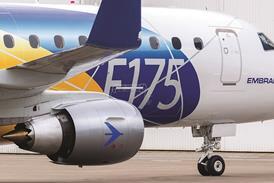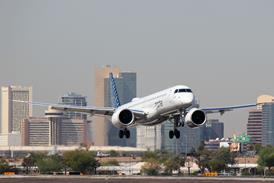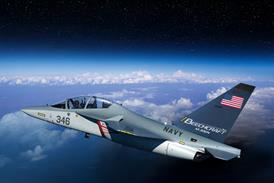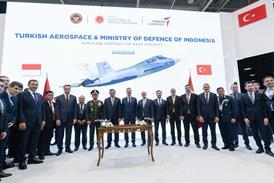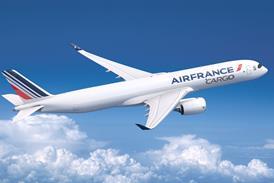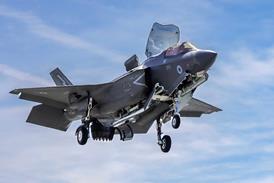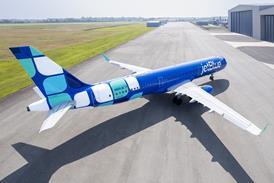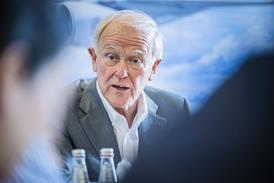FlightGlobal is the global aviation community’s primary source of news, data, insight, knowledge and expertise. We provide news, data, analytics and advisory services to connect the aviation community globally and help organisations shape their business strategies, identify new opportunities and make better decisions faster.
- Trending now
- NBAA BACE
- Dubai Airshow
- Singapore Airshow
Regional jet leasing yet to take off
By Niall O'Keeffe7 July 2008
Major aircraft lessors remain wary of entering the regional jet leasing market, and new programmes seem likely to bring only incremental changes
Keep reading this article by becoming a FlightGlobal member now
PLEASE REGISTER FOR FREE OR SIGN IN TO CONTINUE READING

You have reached your limit of free articles for this period. Register for a FREE account to read this article and benefit from:
- Increased access to online news and in-depth articles from:
- FlightGlobal Premium covering the global aviation industry
- Airline Business providing insight for business leaders
- Weekly newsletters on topics across the industry
Never miss a beat with FlightGlobal newsletters
Stay up to date with the latest trends and developments in your area of industry with high quality selected content written by FlightGlobal’s team.
Follow us on social media
Site powered by Webvision Cloud


